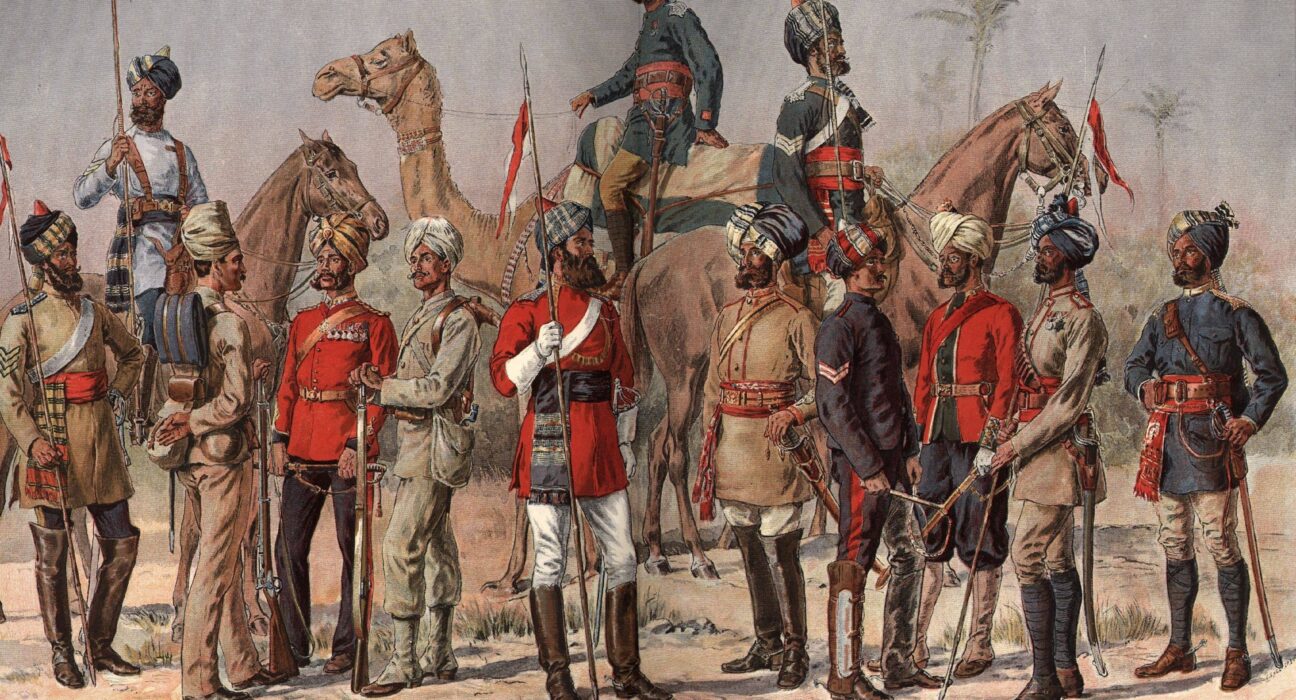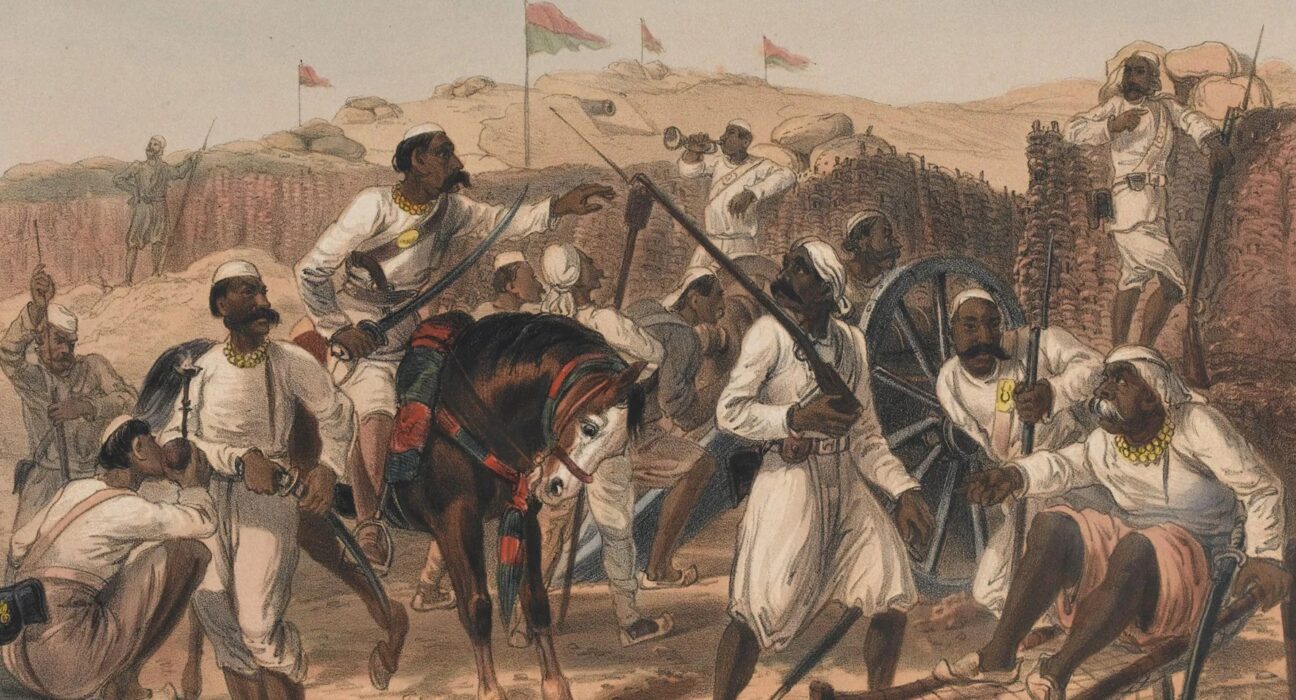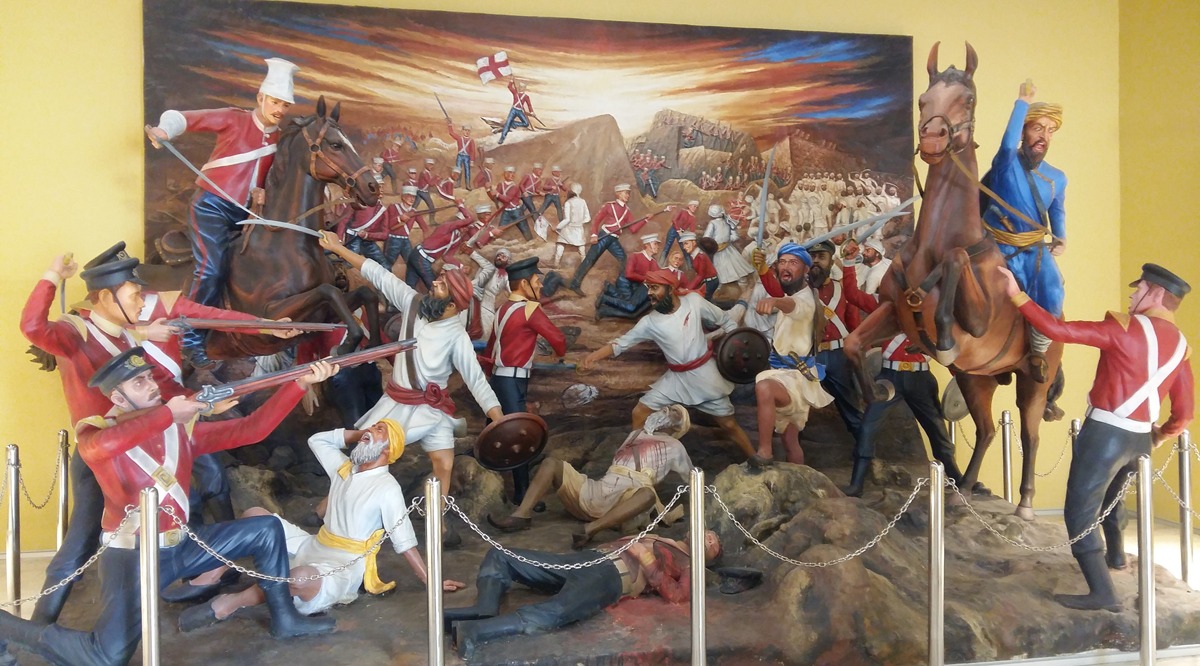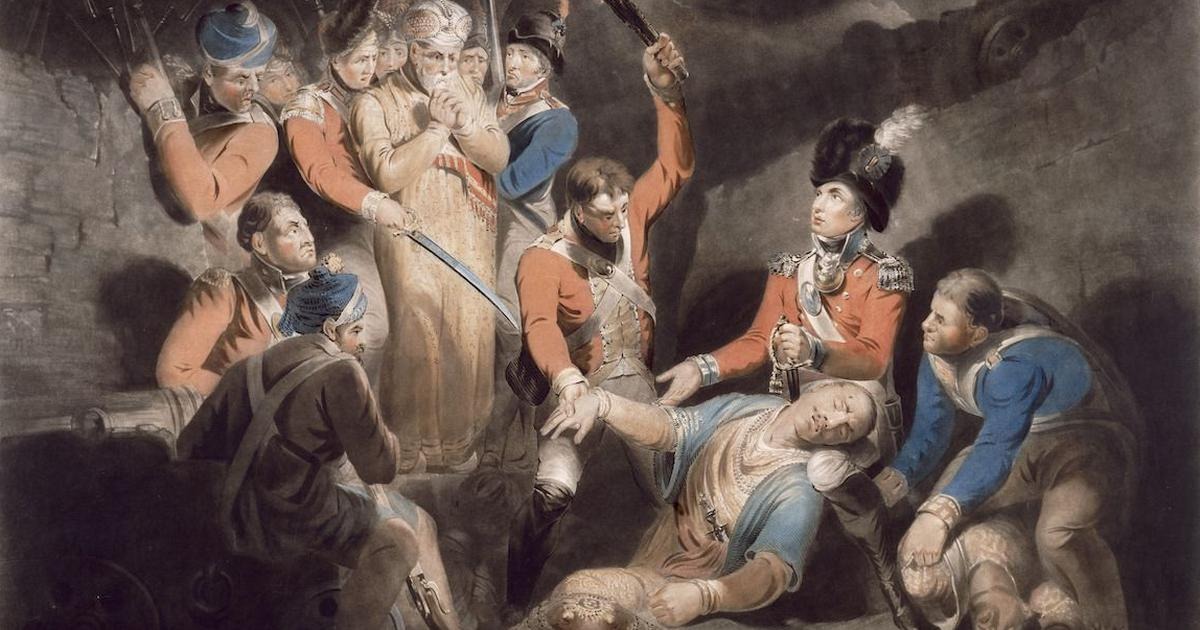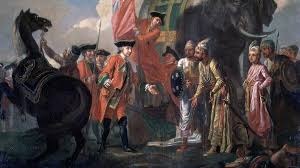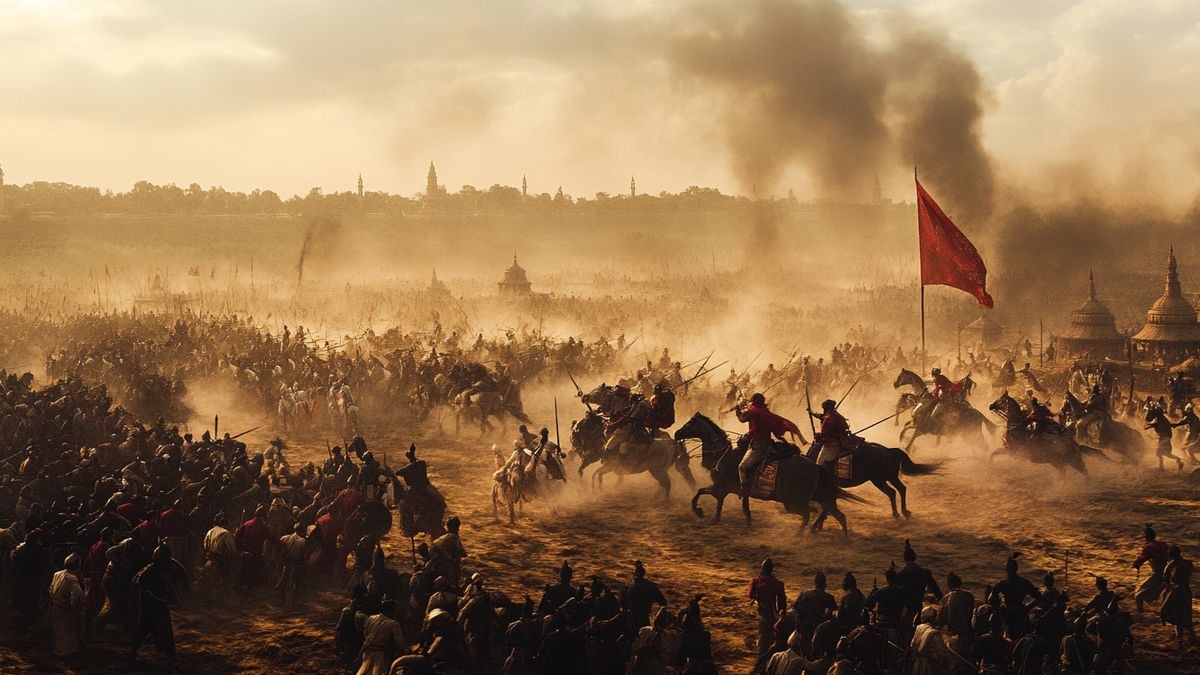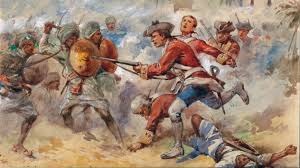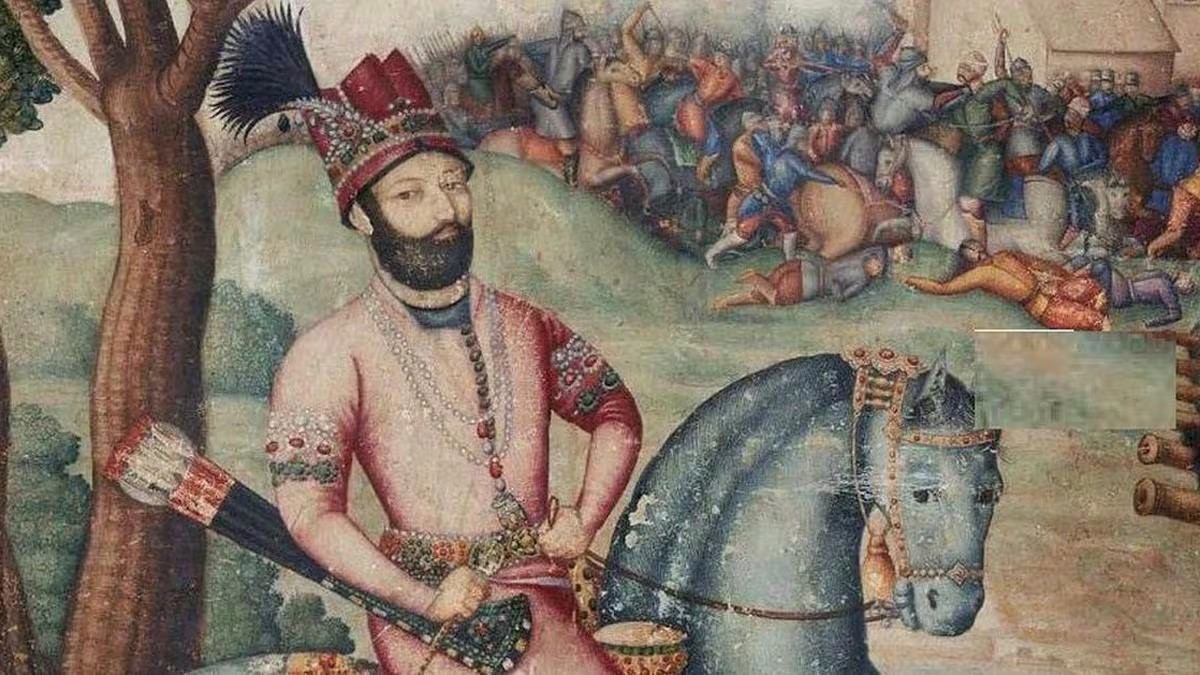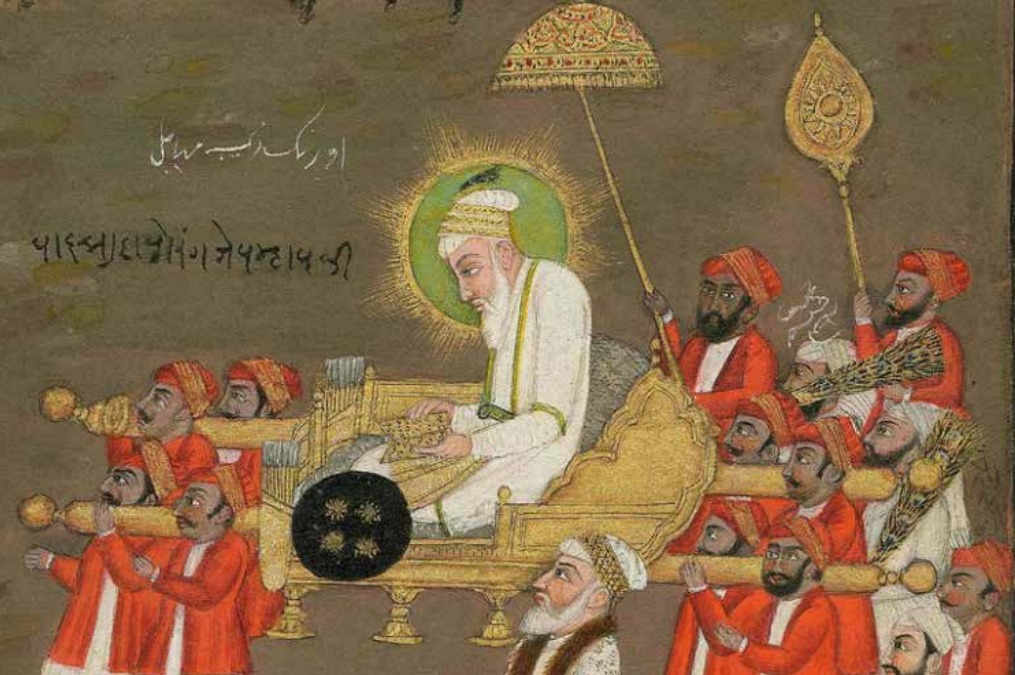भारतीय राष्ट्रीय कांग्रेस की स्थापना
The founding of the Indian National Congress (INC) in late 1885 created the first countrywide political platform for Indians to voice demands, shape public opinion, and pursue constitutional reform under colonial rule, becoming the nucleus of India’s nationalist movement in the decades that followed.


